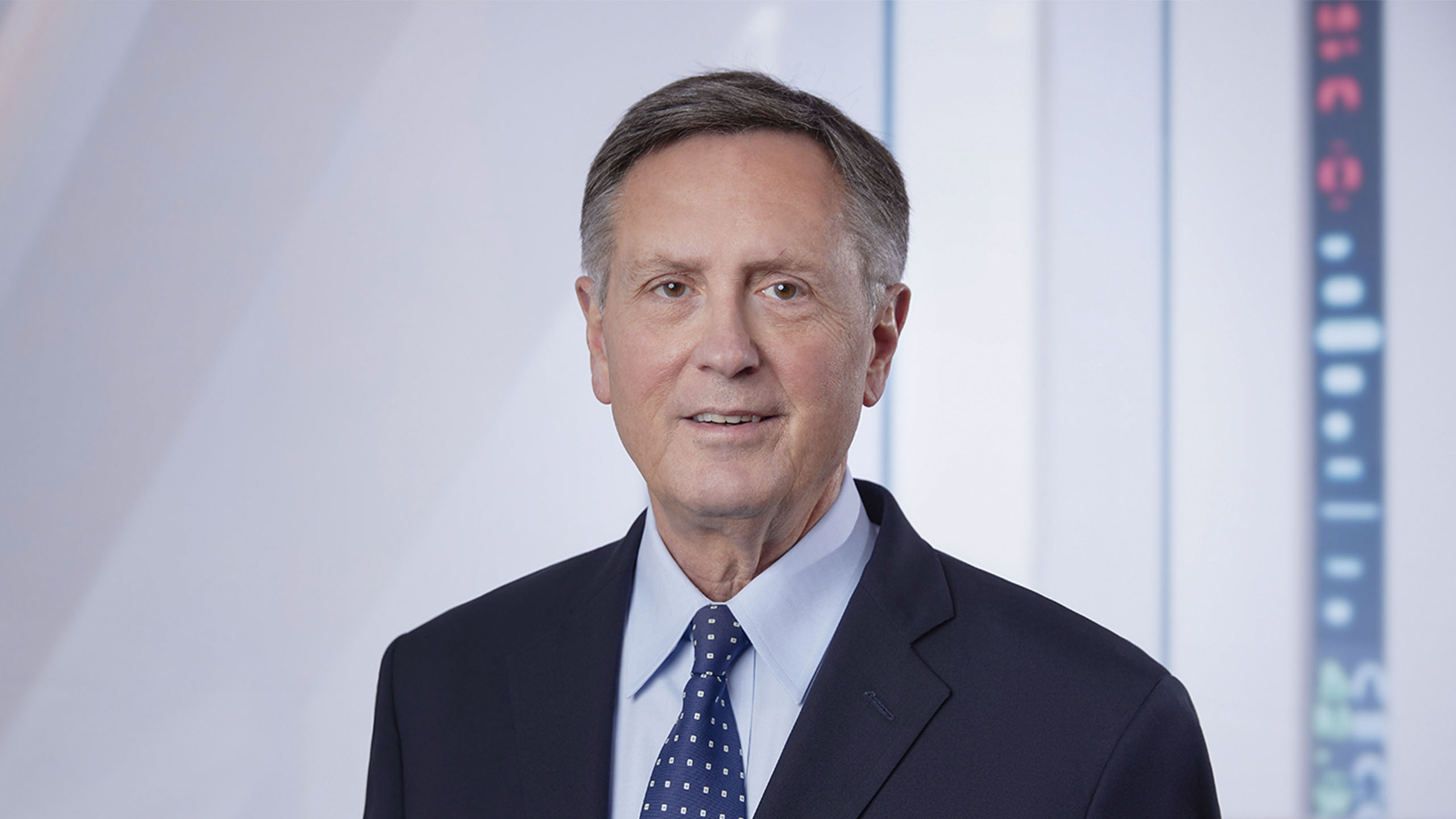
Today’s much-anticipated speech by Federal Reserve Chair Jerome Powell at the annual Jackson Hole symposium did not disappoint markets, nor did the Fed’s rollout of its revised monetary policy framework surprise Fed watchers. The central bank appears on track to lower its policy rate in the near term, albeit with a cautious approach. Over the longer term, the Fed reaffirmed its commitment to its dual mandate while introducing only nuanced clarifications to its monetary policy framework.
Signals about the near-term policy path
Powell first discussed the outlook for inflation and the labor market and the implications for near-term monetary policy. Relative to his remarks immediately following the most recent Fed meeting on 30 July, Powell’s tone was dovish.
He highlighted that, while the labor market appears to be in balance at a level consistent with full employment, “it is a curious kind of balance that results from a marked slowing in both the supply of and demand for workers. This unusual situation suggests that downside risks to employment are rising. And if those risks materialize, they can do so quickly in the form of sharply higher layoffs and rising unemployment.”
By contrast, his discussion of the outlook for inflation seemed to downplay the risk that the price level increase resulting from tariffs would, over time, trigger persistent upward pressure on inflation. In particular, the Fed judged that “given that the labor market is not particularly tight and faces increasing downside risks,” a wage-price spiral (in which employees demand higher wages to meet higher costs of living, in turn pressuring companies to pass along the wage costs) is unlikely to result from higher tariffs.
For the Fed, inflation expectations likely matter as much as the latest inflation data, and Powell’s speech also downplayed the risk tariffs could push inflation expectations higher. He stated that “measures of longer-term inflation expectations, however, as reflected in market- and survey-based measures, appear to remain well anchored and consistent with our longer-run inflation objective of 2 percent.”
Investors seeking signals on the Fed’s rate path likely focused on the passage when Powell said that “with risks to inflation … tilted to the upside, and risks to employment to the downside … [and] with policy in restrictive territory, the baseline outlook and the shifting balance of risks may warrant adjusting our policy stance.” Indeed, stock markets rose sharply and the yield on the 10-year U.S. Treasury fell – even before Powell finished speaking.
Powell’s comments did not change our baseline outlook. Instead, we interpret the market reaction as surprise that Powell so clearly opened the door to rate cuts instead of sticking to the maximum data-dependence message from the July meeting.
However, Powell emphasized the need to proceed cautiously, given that risks to inflation are tilted to the upside and a stable unemployment rate hints at a labor market still in balance. We continue to expect 50 basis points of cuts in both 2025 and 2026.
Modest changes to the long-term policy framework
In the second part of Powell’s speech, he summarized the Fed’s changes to its monetary policy framework as part of a scheduled five-year review. The changes are sensible, in our view, and had been telegraphed in previous Fed meeting minutes and press conferences.
We believe the changes will have no bearing on the path for Fed policy in the coming months, and perhaps much longer, because the revised framework simply returns the Fed to the original symmetric 2% inflation-targeting regime it established in 2012.
The revised framework acknowledges that realities in 2025 are much different from the situation the Fed faced when it undertook its previous framework review in 2019–2020. The Fed no longer expects the zero bound on the policy rate to be a frequently binding constraint, nor does it expect the risks to inflation to be skewed to the downside. The new framework statement also clarifies that maximum employment is defined as the highest level of employment that can be achieved on a sustained basis in the context of price stability, and that employment may at times run above real-time estimates of maximum employment without posing risks to price stability. By design, however, the new framework no longer makes specific reference to employment “shortfalls.”
Finally, although under the new framework the Fed will no longer aim for inflation to average 2% over time, the central bank seems prepared to act forcefully to help ensure that longer-run inflation expectations remain well-anchored at the 2% target. We interpret this as the potential for the Fed to tolerate a moderate inflation overshoot following a period when inflation had been running persistently below target, akin to the Fed’s inflation-targeting policy adopted in 2012.
The changes to the monetary policy framework were sensible and well-telegraphed, emphasizing the Fed’s enduring commitment to its mandate.

